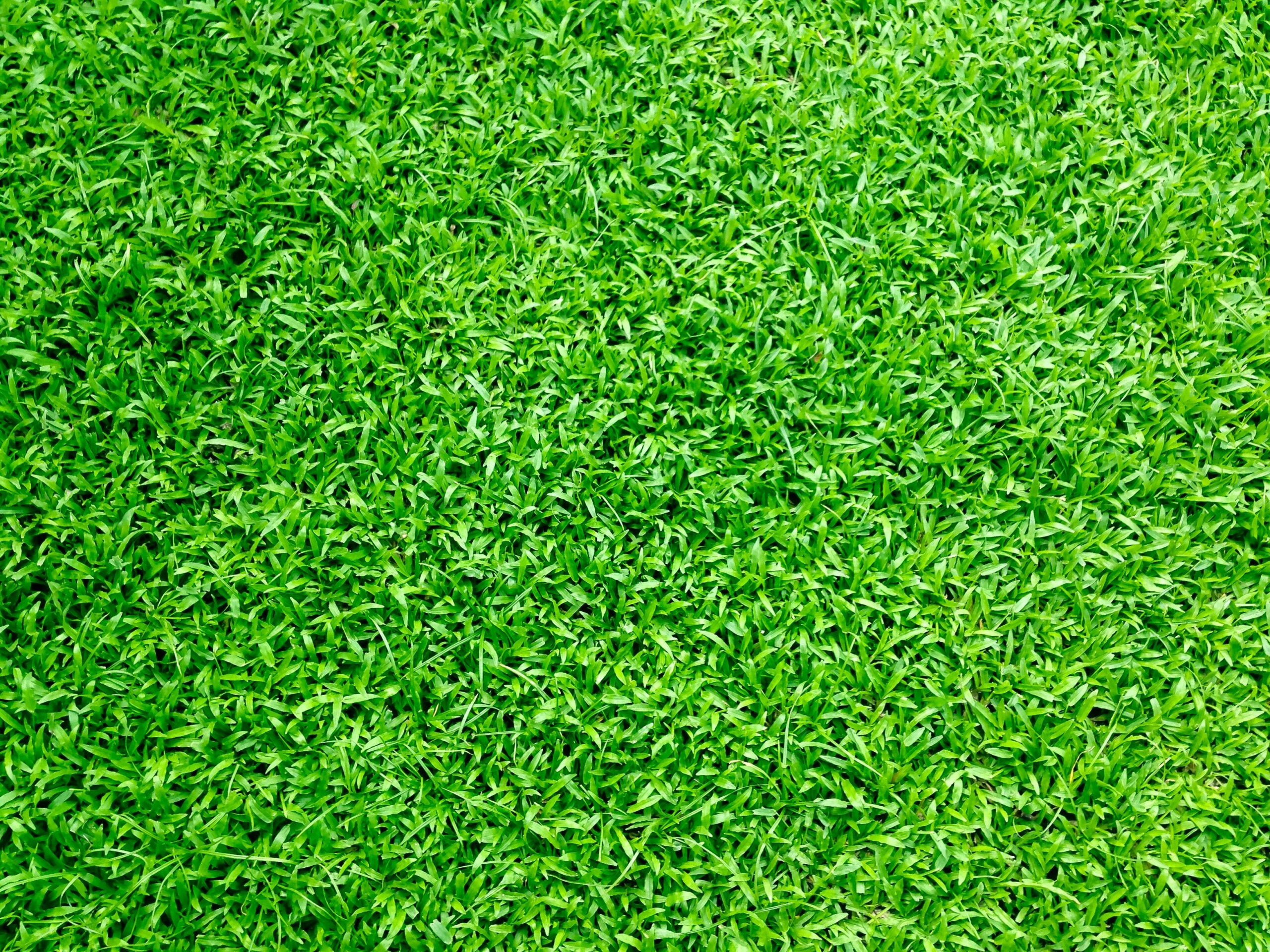Many homeowners fall victim to persistent lawn care myths that can actually damage their grass rather than help it flourish. From incorrect watering schedules to improper mowing techniques, these common grass care mistakes can lead to weakened root systems, pest infestations, and unsightly brown patches. In this comprehensive guide, we’ll separate fact from fiction by examining seasonal lawn care facts and providing expert lawn maintenance tips that will help your yard thrive year-round.
Spring Lawn Myths
As winter recedes and temperatures rise, many homeowners rush to revitalize their lawns with intensive care routines. One pervasive myth is that you should heavily water your lawn during early spring to “wake it up” after winter dormancy. In reality, excessive early spring watering can promote shallow root growth and fungal diseases in soil that’s already moist from winter precipitation. Instead, wait until the soil has dried somewhat and temperatures have consistently risen before implementing a regular watering schedule.
Another common misconception involves aggressive dethatching and aerating every spring. While these practices can benefit lawns with severe compaction issues, annual aggressive dethatching can actually damage healthy grass and disrupt beneficial soil biology. Professional landscapers at AskHomey recommend only dethatching when the thatch layer exceeds half an inch, typically every 2-3 years for most lawns, and aerating only when soil compaction is evident.
Spring fertilization is often misunderstood as well. The myth that you should heavily fertilize as soon as spring arrives can lead to excessive top growth at the expense of root development. The seasonal lawn care facts suggest that a light, slow-release fertilizer application is more effective after the lawn has naturally greened up and begun active growth, allowing for stronger root development before summer heat stress arrives.
Summer Watering and Mowing Myths
When it comes to summer lawn care, watering fertilizing myths abound. Perhaps the most damaging is the belief that daily shallow watering keeps grass healthy during hot weather. This practice actually encourages shallow root systems that are more vulnerable to drought and heat stress. Expert lawn maintenance tips suggest watering deeply but infrequently, ideally providing about 1-1.5 inches of water per week in one or two sessions, allowing the soil to dry slightly between waterings.
The myth that cutting grass very short reduces mowing frequency is another common mistake that damages lawns during summer. Scalping your lawn exposes soil to direct sunlight, increasing water evaporation and allowing weed seeds to germinate more easily. The correct approach is maintaining longer grass during summer months (about 3-4 inches for most cool-season grasses), which shades the soil, reduces evaporation, and naturally suppresses weeds through competition.
Many homeowners also believe that fertilizing throughout summer helps maintain a lush lawn. In reality, applying nitrogen-heavy fertilizers during peak summer heat can stress grass and promote disease. If summer fertilization is necessary, choose a slow-release formula with lower nitrogen content, and always apply it during cooler morning hours followed by thorough watering to prevent fertilizer burn.
Fall Lawn Care Fallacies
Fall represents a critical season for lawn rejuvenation, yet it’s surrounded by lawn care myths debunked by industry experts. Contrary to popular belief, fall, not spring, is actually the optimal time for major lawn renovation projects including overseeding, heavy fertilization, and weed control for cool-season grasses.
A persistent myth suggests that you should stop watering entirely once temperatures cool. While water needs decrease in fall, continued irrigation remains important until the ground freezes, especially if rainfall is insufficient. Proper hydration helps grass develop strong root systems during this crucial growth period and prepares the lawn for winter dormancy.
The notion that fall leaves should be removed immediately to prevent lawn damage is partially misguided. While thick leaf mats can indeed smother grass, a light covering of shredded leaves can actually benefit your lawn by adding organic matter as they decompose. Using a mulching mower to chop leaves finely allows them to filter down between grass blades, returning valuable nutrients to the soil without smothering the lawn.
Winter Lawn Misconceptions
Many homeowners believe that lawns require no attention during winter months. This common grass care mistake leads to missed opportunities for lawn protection. While growth ceases in colder regions, lawns still face winter stresses including desiccation, crown hydration injury, and damage from foot traffic or improperly placed snow piles.
Another wintertime myth is that ice melt products are completely safe for lawn use. Many deicing chemicals can damage grass and create dead spots that appear in spring. When removing snow and ice near lawns, opt for products specifically labeled as lawn-safe, or use alternatives like sand for traction without the chemical damage.
The belief that winter is an acceptable time to walk freely on frozen lawns is also misguided. Frozen grass blades are brittle and easily damaged by foot traffic, leading to dead patches in spring. Limiting traffic on dormant winter lawns, especially when frost is present, helps prevent unnecessary damage during this vulnerable period.
For more tips and to connect with reliable home service professionals, follow AskHomey on Facebook and Instagram.



